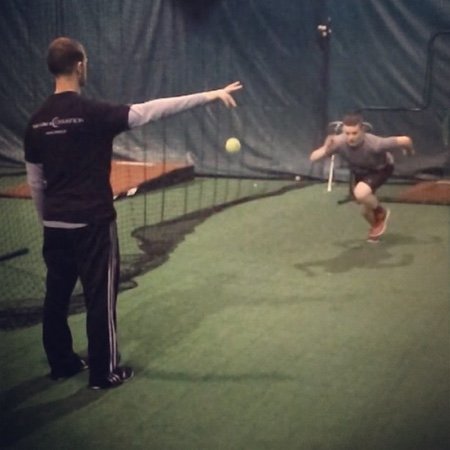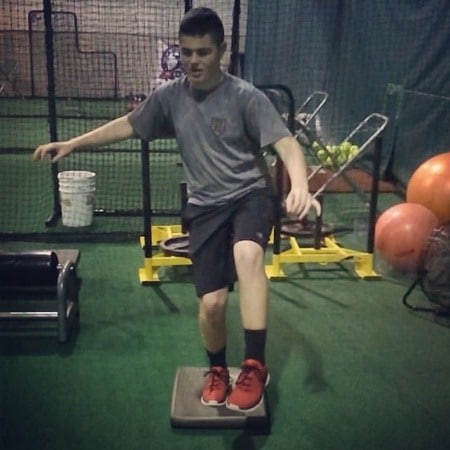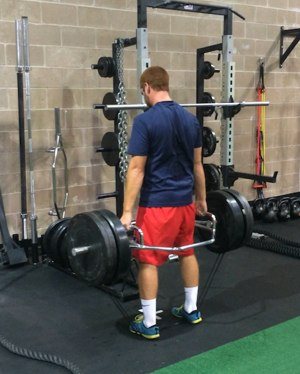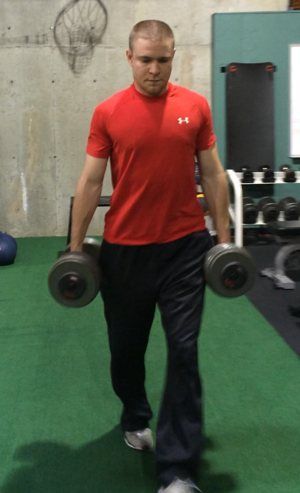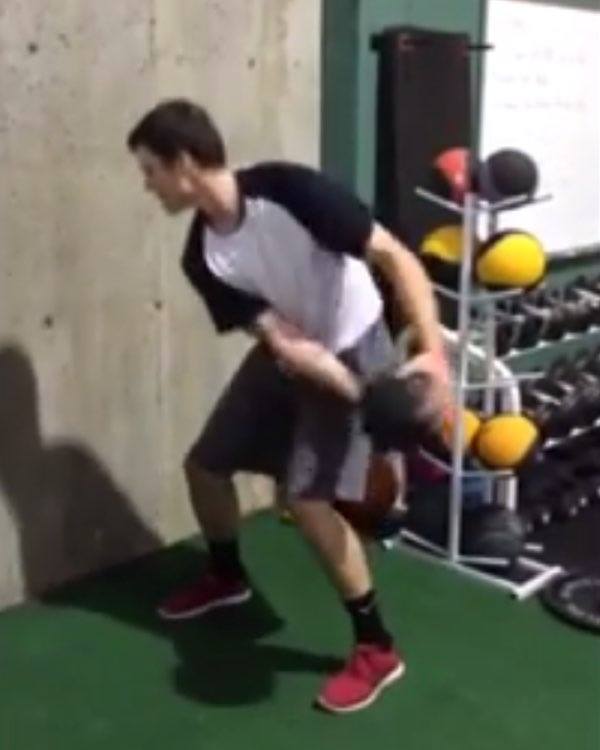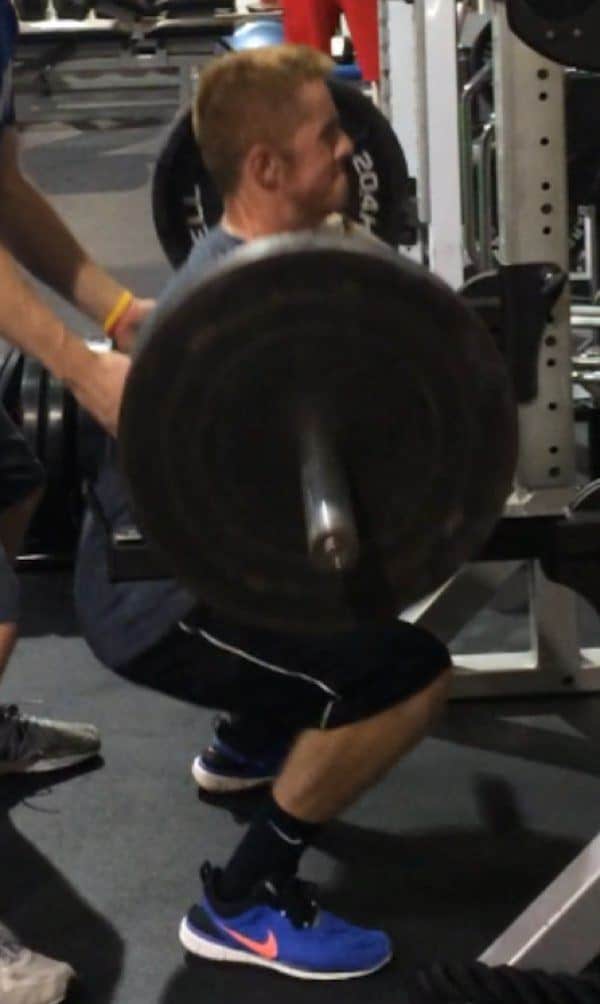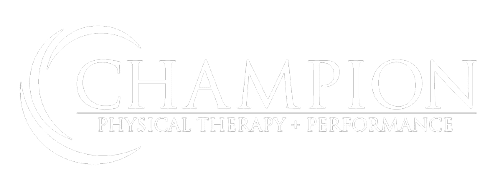The ABC’s of Youth Sports Performance
Youth sports have literally exploded over the last decade. More and more of our children are participating in sports at a younger age. Many parents and athletes want to enhance their performance as much as possible, and some are even seeking out sports performance programs to help develop their athleticism.
At Champion Physical Therapy and Performance our youth programs are built using the same principles as our professional athletes. Every athlete should focus on full athletic development by working to enhance their mobility, speed, agility, strength, power, and endurance
However, youth sports performance programs should not be just “smaller” versions of the programs we perform with our older athletes. The difference lies between the focuses of the program.
Youth athletes need to establish the basic building blocks of fundamental movement skills. This assures that they create an excellent foundation of athleticism to build upon as they mature.
Youth athletes need to focus on what we call the “ABC’s” of performance training. This stands for:
- A – Agility
- B – Balance
- C – Coordination
Our youth athletes will focus on all the components of athleticism that are age appropriate, however we work on their ABC’s of movement as the primary focus to assure we are working on complete athletic development. You do not want to perform the same strengthening exercises that the older athletes perform if you have not developed the ability to move and control your body well.
Below are details of each and an example of way to increase their properties of a performance program.
Agility
For great reason, many kids are involved in multiple sports at a young age. Trying every sport is great for athletic development because kids get to experience different movements and test different skills. Sports such as soccer and basketball are great staples for youth sports because it involves almost every possible athletic movement. Plus, these sports are one of the most basic types of competition. Pass the ball around and try to score. Some kids pick it up quick, and some struggle. The only difference between the kids that succeed and the kids that struggle is the familiarity and knowledge of movement.
That is why it is important to learn how to run, sprint forward and backwards, move laterally, and change direction.
Agility drills such as the box drill are great ways to learn how to accelerate and decelerate efficiently. Put four cones in a box shape 5 yards apart. Start at one of the bottom cones. Sprint to the top of the box, shuffle across, back peddle and then shuffle to the starting cone. Repeat this on each direction. Focus on quick feet in-between steps and long strides when changing direction. Learning how to go and stop will not only improve performance but also decrease the likelihood of injuries.
Balance
As the body adapts and matures, balance is one of the abilities that develops first. That is, unless you spend the majority of your day sitting at a desk at school and then playing Xbox at night!
It is important to develop balance at a young age when the brain is growing and learning how to move. Balance not only improves strength but also increases coordination. Try to balance on one foot for 30 seconds. If that is easy, try to close your eyes. Closing your eyes will take away any reference point to maintain your body’s equilibrium. If you can master balancing with your eyes closed, you have a pretty impressive central nervous system, which is going to transfer over to better performance and less injuries on the field. Try this drill for a few sets on each foot. Once you master this, there are many ways to continue to challenge the balance system of the body. But you can’t expect to run and jump with proper form if you can’t balance on one leg!
Coordination
All children develop at their own pace. Some will sprout up quickly while others may be late bloomers. Growth can occur quickly, which results in a lengthening of the bones that all of sudden are different to the brain. What used to be a normal movement pattern is now completely different to control now that the limbs are a different length.
Imbalances in their body and a lack of coordination can be a problem. That is why it is important to do many drills to teach the body how to move.
Drills like the ladder drills and tennis ball drills are a great way to increase coordination. There are a ton of different sequences you can perform on a speed ladder. The goal is to pick a wide variety of patterns and master the patterns. Once you master a pattern, then you can use the drill to increase speed and stride frequency.
For younger athletes it is most important to learn different patterns to increase coordination. Tennis ball drills are a great way to bridge the gap between skill and sport. A partner tennis ball drop drill will help an athlete work on sprinting mechanics while reacting to a live stimulus. Line up 15 yards across from a partner. While one person waits in an athletic position, the other person raises their arm and drops a tennis ball. Try to react as fast as possible and go catch the ball on one bounce. Focus on mechanics first, and then focus on speed. If an athlete can keep good mechanics and go as fast as possible, they will optimize their speed.
Mastering the ABC’s of performance training can help you separate yourself from the competition. Your body adapts quickly! Try to adjust the drills each month to maximize your sports performance.

